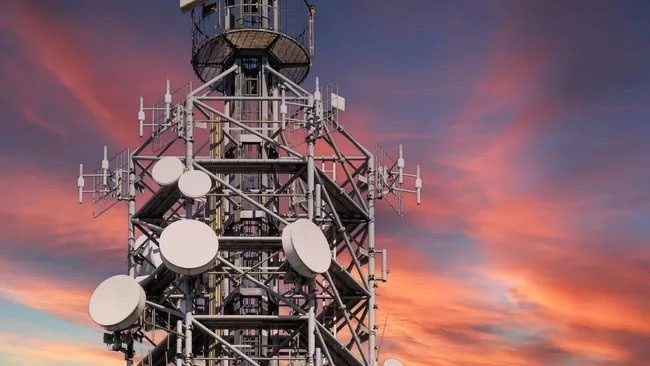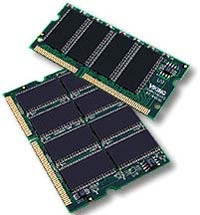A consortium of companies in Japan has developed the world’s first high-speed 6G wireless device, capable of transmitting data at an astonishing speed of 100 gigabits per second (Gbps) over a distance of more than 90 meters—up to 20 times faster than 5G.
Japanese scientists have successfully transmitted data at a speed of 100 gigabits per second using high-frequency wavelength over a distance of 90 meters for the first time.
This data transmission speed is equivalent to wirelessly transmitting five HD movies per second and is up to 500 times faster than the average T-Mobile 5G speed in the United States.

A consortium of companies in Japan has developed the world’s first high-speed 6G wireless device. (Photo: Getty Images).
The results of recent tests, just announced, show that the consortium’s wireless device transmitted data at a speed of 100 Gbps indoors on a 100-gigahertz (GHz) band and outdoors on a 300 GHz band—sitting just below infrared rays in the electromagnetic spectrum. The tests were conducted at a height of 100 meters, as stated by a representative of the consortium.
For instance, deployed in 2019, 5G is currently the most advanced wireless communication standard and is utilized by nearly all new smartphones. The average speed of T-Mobile in the U.S. is around 204.9 megabits per second (Mbps), while the theoretical maximum speed of 5G is at least 10 Gbps.
However, scientists are working to establish the sixth generation of this standard, 6G, with infrastructure being improved before its rollout in the early 2030s, according to the Global System for Mobile Communications Association (GSMA).
The main difference between 5G and 6G lies in the frequency bands of the electromagnetic spectrum they operate in. Operating in higher frequency bands usually means significantly higher speeds.
5G signals are typically transmitted in bands below 6 GHz and are extended into bands around 40 GHz—referred to as “millimeter waves.”
On the other hand, 6G is expected to utilize higher frequency bands known as “sub-THz” bands, which range from 100 GHz to 300 GHz. Transmission in this area takes advantage of faster speeds but has the drawback of causing more interference with the environment, making signals more likely to be blocked—especially indoors.
While the leap from 4G to 5G paved the way for significantly greater media consumption, the jump from 5G to 6G could lead to new technologies such as three-dimensional communication and smoother virtual reality (VR) experiences, as well as mixed reality.
However, because 6G relies on much higher frequency bands, we will need entirely new infrastructure to transmit and amplify signals, while smartphones or VR devices will require 6G antennas.
In previous experiments, scientists have achieved faster 6G speeds but over much shorter distances. For example, another group of scientists in Japan demonstrated a world record 6G speed of up to 240 Gbps, but only over a distance of 20 meters.





















































